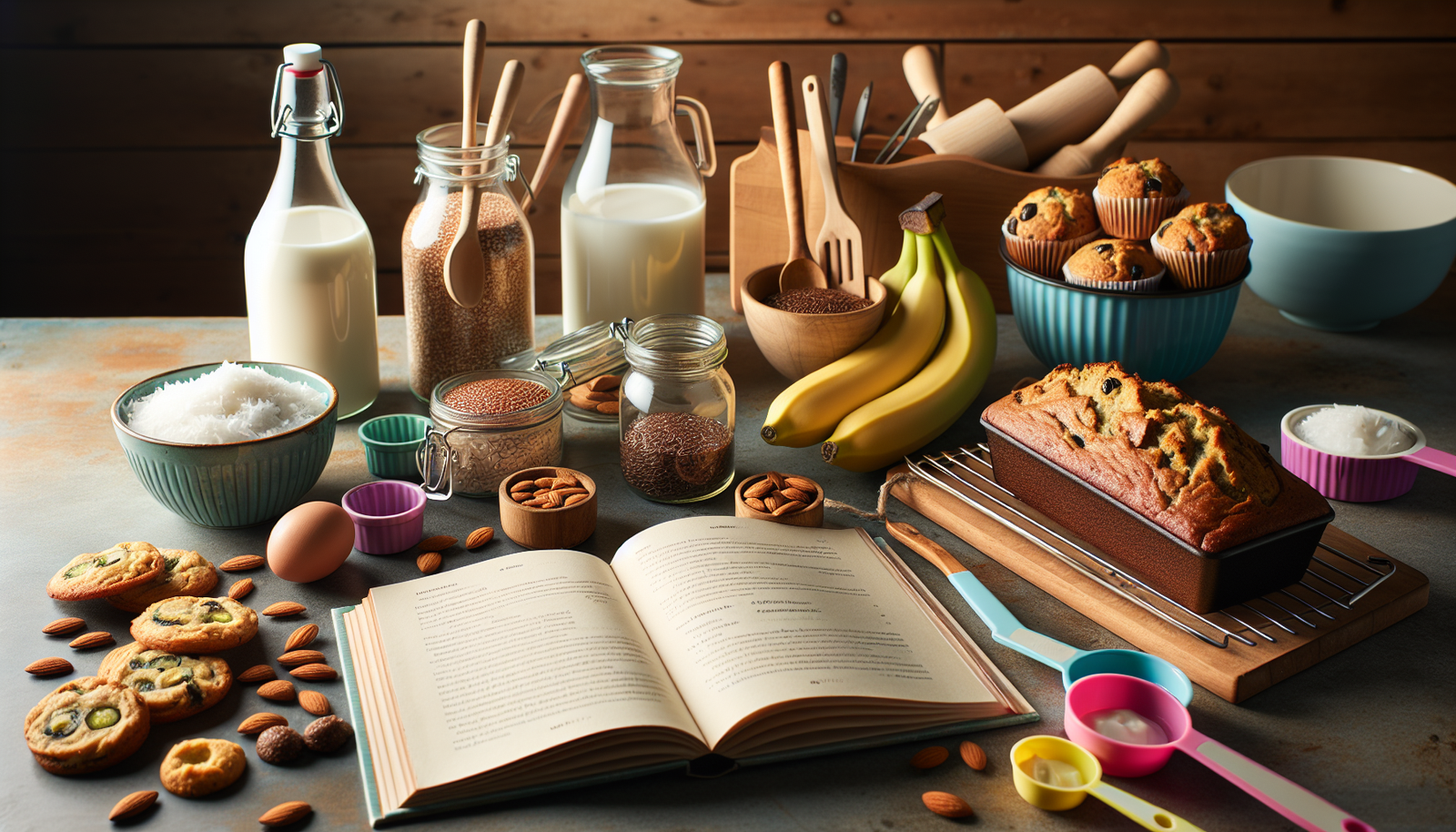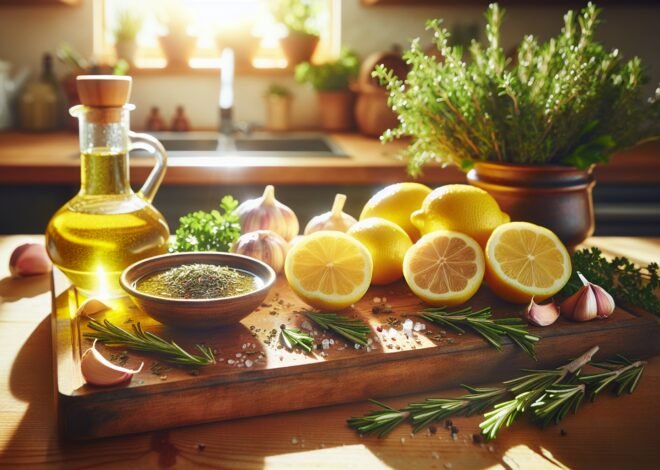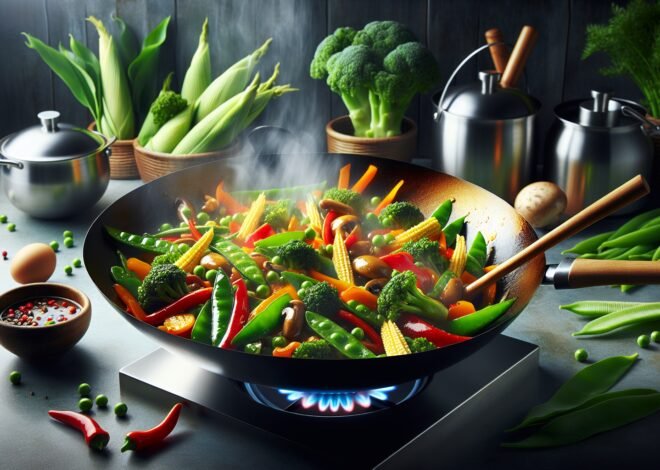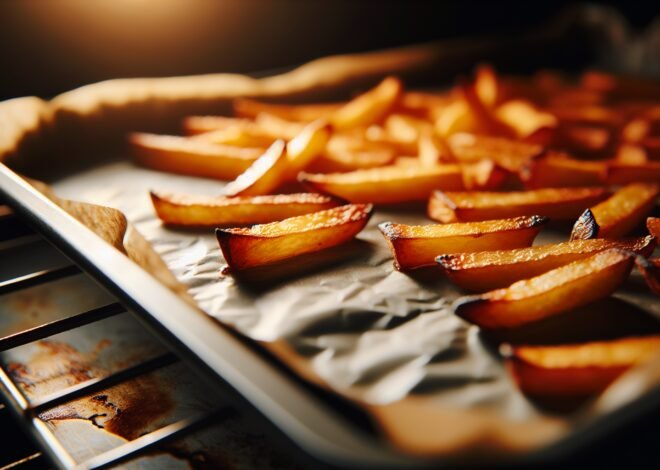
How to Make Vegan Baked Goods: Substitutions and Tips
make vegan baked goods without sacrificing taste or texture by mastering plant-based substitutions. Whether you’re an experienced vegan baker or just starting out, you’ll find that replacing traditional baking ingredients with vegan alternatives is easier than you think. The global vegan population has grown by 600% from 2014 to 2021, reflecting the increasing demand for vegan-friendly options. This guide covers essential ingredient swaps, like flax eggs and plant-based milks, as well as tips for achieving the perfect rise and crumb. Dive in to transform your baking skills and create delectable treats that everyone will love.
Vegan Baking Essentials
Vegan baking can be a rewarding adventure, offering delicious treats that align with a plant-based lifestyle. Mastering vegan baking requires understanding essential ingredients, the right tools, and the nuances of vegan flours. This section breaks down everything you need to get started.
Must-Have Vegan Baking Ingredients
Stocking your pantry with the right ingredients is the first step to vegan baking success. Essential items include:
- Flour: All-purpose flour is a staple, but explore almond, coconut, and oat flours for unique textures and flavors.
- Sweeteners: Maple syrup, agave nectar, and coconut sugar provide sweetness without animal products.
- Leavening Agents: Baking powder and baking soda are crucial for rising, as yeast is for bread.
- Binders: Flaxseeds and chia seeds can replace eggs, offering binding properties in baked goods.
- Fats: Coconut oil, avocado oil, and vegan butter are excellent alternatives to dairy butter.
These ingredients form the backbone of vegan baking, ensuring your creations are both delicious and satisfying.
Tools Every Vegan Baker Needs
Equipping your kitchen with the right tools makes vegan baking more efficient and enjoyable. Consider these essentials:
- Mixing Bowls: A variety of sizes will accommodate different recipes.
- Measuring Cups and Spoons: Precision is key in baking, so accurate measurements are crucial.
- Whisks and Spatulas: Perfect for mixing batters and doughs.
- Baking Sheets and Pans: Non-stick and silicone options are excellent for easy release.
- Blender or Food Processor: Ideal for making nut butters, dough, and pureeing fruits.
These tools help streamline the baking process, making it easier to achieve delicious results.
Understanding Vegan Baking Flours
Flour is foundational in baking, and vegan options offer diverse possibilities. Each type of flour brings unique properties:
- Almond Flour: Adds moisture and a nutty flavor but requires more binding agents.
- Coconut Flour: High in fiber, it absorbs liquid, needing extra moisture in recipes.
- Oat Flour: Offers a hearty texture and is naturally gluten-free.
Understanding how these flours interact is crucial. They impact texture and flavor, helping create the perfect vegan baked goods.
Vegan Substitutes for Common Baking Ingredients
Traditional baking relies heavily on eggs, milk, and butter. Vegan baking requires creative substitutions to replicate these ingredients without compromising taste or texture. Explore these alternatives for seamless transitions in your recipes.
Egg Alternatives for Vegan Baking
Eggs serve as binders, leavening agents, and moisture providers. Luckily, there are several vegan substitutes:
- Flaxseed Meal: Mix one tablespoon with three tablespoons of water to replace one egg.
- Chia Seeds: Similar to flaxseed, use one tablespoon with three tablespoons of water.
- Applesauce: Use one-quarter cup as a direct egg substitute for moisture in cakes and muffins.
- Bananas: Half a mashed banana can replace one egg, adding sweetness to the recipe.
These alternatives offer versatility, ensuring your baked goods maintain structure and moisture.
Dairy-Free Milk Options for Baking
Milk is a common ingredient in baking, providing moisture and flavor. Vegan options are plentiful and versatile:
- Almond Milk: A light option with a subtle nutty taste.
- Soy Milk: Rich and creamy, it closely mimics dairy milk in texture.
- Coconut Milk: Adds richness and a hint of coconut flavor, perfect for tropical-themed desserts.
- Oat Milk: Creamy with a mild flavor, making it ideal for most recipes.
Each type of milk adds unique characteristics, enhancing your vegan baking repertoire.
Replacing Butter in Vegan Recipes
Butter adds flavor and richness, but vegan alternatives are equally capable:
- Coconut Oil: Solid at room temperature, it works well in cookies and cakes.
- Vegan Margarine: Offers a similar texture and flavor to traditional butter.
- Avocado: A healthy fat that can substitute butter in brownies and quick breads.
- Nut Butters: Peanut or almond butter can add richness and flavor depth.
These substitutes ensure richness and taste without compromising your vegan values.
Tips for Perfect Vegan Baked Goods
Achieving perfection in vegan baking requires attention to detail and a willingness to experiment. These tips will guide you in creating flawless vegan treats every time.
Balancing Flavors in Vegan Desserts
Flavor balance is key in desserts. Vegan baking offers unique challenges but also opportunities for creativity:
- Spices and Extracts: Vanilla, cinnamon, and nutmeg can enhance flavors without adding calories.
- Citrus Zests: Lemon and orange zests brighten and add contrast to sweet dishes.
- Salt: A pinch can elevate sweetness and enhance other flavors.
- Herbs: Fresh mint or basil can add surprising, delightful notes.
Experimenting with these can lead to new and exciting flavor profiles in your baking.
Achieving the Right Texture in Vegan Baking
Texture is as important as taste. Vegan baking requires careful consideration to achieve the desired consistency:
- Moisture Balance: Use appropriate egg substitutes to maintain moisture.
- Mixing Techniques: Over-mixing can lead to dense textures; fold ingredients gently.
- Resting Time: Allow batters to rest, letting ingredients settle for better final texture.
- Temperature Control: Ensure your oven is properly preheated for even baking.
By understanding these elements, you can create vegan baked goods with ideal textures.
Troubleshooting Common Vegan Baking Mistakes
Mistakes are part of the learning process. Common vegan baking errors can often be easily rectified:
- Dense Products: Check leavening agents and avoid over-mixing.
- Dryness: Ensure enough moisture by selecting the right egg and fat substitutes.
- Flavor Imbalances: Adjust sweeteners or spices if the flavor is off.
- Sticking to Pans: Use non-stick or properly greased pans to prevent sticking.
By identifying issues early, you can troubleshoot and improve your vegan baking skills with each attempt.
Conclusion
Vegan baked goods replace animal-derived ingredients with plant-based alternatives. Common substitutions include using flax or chia seeds as egg replacers and plant-based milks instead of dairy. Coconut oil, olive oil, or vegan butter are alternatives for traditional butter. Sweeteners like maple syrup or agave nectar can replace honey. These adaptations make vegan baked goods accessible to those following a plant-based diet without sacrificing taste or texture.
FAQ
What are the best substitutes for eggs in vegan baking?
Flaxseed meal and water create a great egg substitute. Combine one tablespoon of flaxseed meal with three tablespoons of water, then let it sit for a few minutes. Applesauce and mashed bananas also work well for adding moisture and binding.
How can I make vegan baked goods gluten-free?
Use gluten-free flour blends, which are readily available at grocery stores. Combine them with xanthan gum to enhance texture. Almond flour and coconut flour also provide gluten-free options with unique flavors.
What common ingredients are used in vegan baking recipes?
Almond milk, coconut oil, and maple syrup are staples in vegan baking. Chia seeds, flaxseeds, and tofu often replace eggs. Whole wheat or gluten-free flours serve as the base for many recipes.
How do vegan baked goods compare in taste and texture to traditional baked goods?
Vegan baked goods often have a lighter texture and unique flavors. Ingredients like coconut oil and almond milk contribute to rich tastes, while plant-based alternatives offer exciting, diverse textures.
What are some tips for making moist vegan cakes and muffins?
Incorporate ingredients like applesauce or mashed bananas for added moisture. Don’t overmix the batter; this keeps the texture light. Use plant-based yogurt for a creamy consistency.
How can I ensure my vegan cookies don’t turn out crumbly?
Choose the right balance of wet and dry ingredients. Coconut oil or nut butters can improve texture. Chill the dough before baking to help the cookies set properly and maintain structure.











